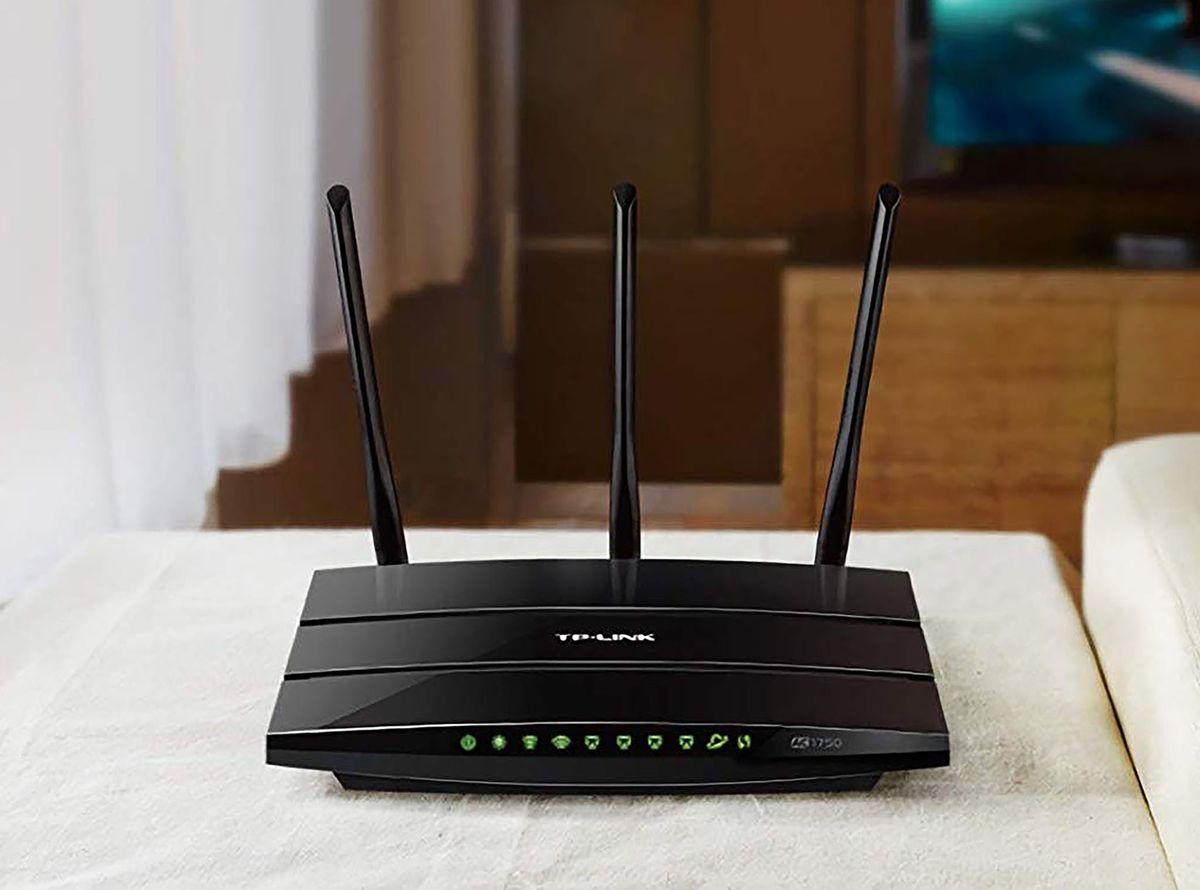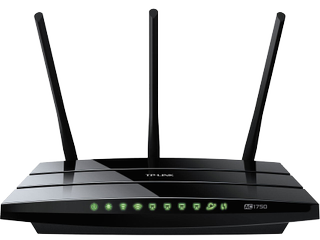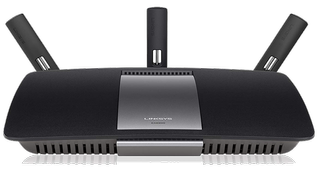TP-Link Archer C7 AC1750 Wi-Fi router vs. Linksys EA6900: Which should you buy?


Great for most people
The Archer C7 is a popular budget router with the right all-around performance for most average homes. It was once the go-to budget option, but considering the price has dropped for the Linksys EA6900, the decision is a much closer call.
For
- Two-year warranty, 24/7 support
- Covers an average home in Wi-Fi
- Two USB-A ports for local file sharing
- Easy setup and management
Against
- Lower throughput than Linksys EA6900
- No beamforming

Slightly improved performance
The Linksys EA6900 now actually costs about the same as the Archer C7, though it did cost at one time about $90 more. Its combination of dual-core processor (CPU), 256MB of RAM, and better 2.4GHz throughput give it an edge in performance.
For
- Higher 2.4GHz throughput
- Dual-core processor
- USB-A 2.0 and 3.0 ports
- Easy setup and management
Against
- No 5 GHz guest network
- One-year warranty
These two routers are actually quite similar, and now that the price has leveled off for both, the decision between the two is even tougher than it once was. Let's take a close look at what sets them apart to help decide which is best for you.
TP-Link Archer C7 vs. Linksys EA6900 tech specs
| Header Cell - Column 0 | TP-Link Archer C7 | Linksys EA6900 |
|---|---|---|
| Performance | AC1750450Mbps + 1,300Mbps) | AC1900(600Mbps + 1,300Mbps) |
| Frequency | 2.4GHz, 5GHz | 2.4GHz, 5GHz |
| Wireless standards | 802.11ac/n/a (5GHz)802.11b/g/n (2.4GHz) | 802.11ac/n/a (5GHz)802.11b/g/n (2.4GHz) |
| Processor | Single-core720MHz | Dual-core800MHz |
| Memory | 16MB Flash128MB RAM | 128MB Flash256MB RAM |
| Ports | Two USB-A 2.0 | One USB-A 2.0One USB-A 3.0 |
| Ethernet | Four LANOne WAN | Four LANOne WAN |
| Beamforming | No | Yes |
Performance
The Archer C7's internal hardware includes a single-core, 720MHz CPU, 16MB of Flash memory, and 128MB of RAM. Together you get a good all-around router that can handle the traffic of an average household, but the Linksys EA6900 will deliver better performance, at least on paper. It has a dual-core, 800MHz CPU, 128MB of Flash memory, and 256MB of RAM, which should allow for more efficient file sharing and a better experience with more connected devices.
Both routers should be able to cover a standard home with Wi-Fi, though the additional benefit of beamforming found in the Linksys EA6900 might let you reach those far corners of your home where the Archer C7's would otherwise peter out. Although the Linksys EA6900 has a higher overall theoretical throughput, it's important to note that the 5GHz band — often used for gaming and streaming — on both routers maxes out at about 1,300Mbps. The EA6900 has a higher theoretical throughput on its 2.4GHz band, hitting 600Mbps rather than 450Mbps like the Archer C7.
If you plan on using either router to set up a guest network, know that the Linksys EA6900 doesn't allow for a 5GHz band. For someone running a bed and breakfast, for example, the Archer C7, with options for 2.4GHz and 5GHz guest networks, makes more sense. As for security measures, both routers use WPA/WPA2 encryption and both have stateful packet inspection (SPI) firewalls available. Both routers also support VPN passthrough; for further VPN server support and other extra settings, either router can be flashed with custom firmware.
Features

The Archer C7 and Linksys EA6900 both support common features we expect from routers, like guest networks, parental controls, easy setup, and app thereafter for easy management. Both routers have quality of service (QoS) management to prioritize your high-bandwidth activities, and both have external antennas for better range.
The EA6900 does have a better selection of USB ports on the back, offering up a USB-A 3.0 alongside the USB-A 2.0. You'll get better speeds from the 3.0 standard when sharing files over your network, and you still have room to connect a printer, for example. The Archer C7 is stuck with two USB-A 2.0 ports. Both routers have the same four LAN and one WAN on the back for wired connections.
Both of these routers look like flat black boxes, making them easy to disguise among your other gadgets, and both have removable antennas. As for warranty, TP-Link offers two years and 24/7 support, while the Linksys warranty caps out at one year.
Get the Windows Central Newsletter
All the latest news, reviews, and guides for Windows and Xbox diehards.
Go with the Archer C7 for a longer warranty
The Archer C7 now costs about the same as the Linksys EA6900, and while it doesn't have quite the same hardware or overall performance — at least on the 2.4GHz radio — it is still a suitable pick for the average home thanks to dual bands and great range. It also comes with a two-year warranty and 24/7 tech support should anything go wrong.

Affordable price and leading warranty
It might not deliver quite the same throughput as the Linksys EA6900, but for about the same price you get twice as much warranty and enough performance for the average household.
Go with the Linksys EA6900 for slightly better performance
Need better theoretical throughput on the 2.4GHz band? Love to see beamforming in action? Want slightly better hardware inside to better handle file sharing and a high number of connected devices? The Linksys EA6900 is a great option, especially now that its price is on par with the Archer C7.

A router with better 2.4GHz throughput and USB-A 3.0 port
The Linksys EA6900's one-year warranty doesn't quite match up to the Archer C7, but it does now cost about the same and it does have theoretically better throughput on the 2.4GHz band and a faster USB-A 3.0 port for local file sharing. It also has slightly better hardware inside for better performance for more connected devices.

Cale Hunt brings to Windows Central more than eight years of experience writing about laptops, PCs, accessories, games, and beyond. If it runs Windows or in some way complements the hardware, there’s a good chance he knows about it, has written about it, or is already busy testing it.